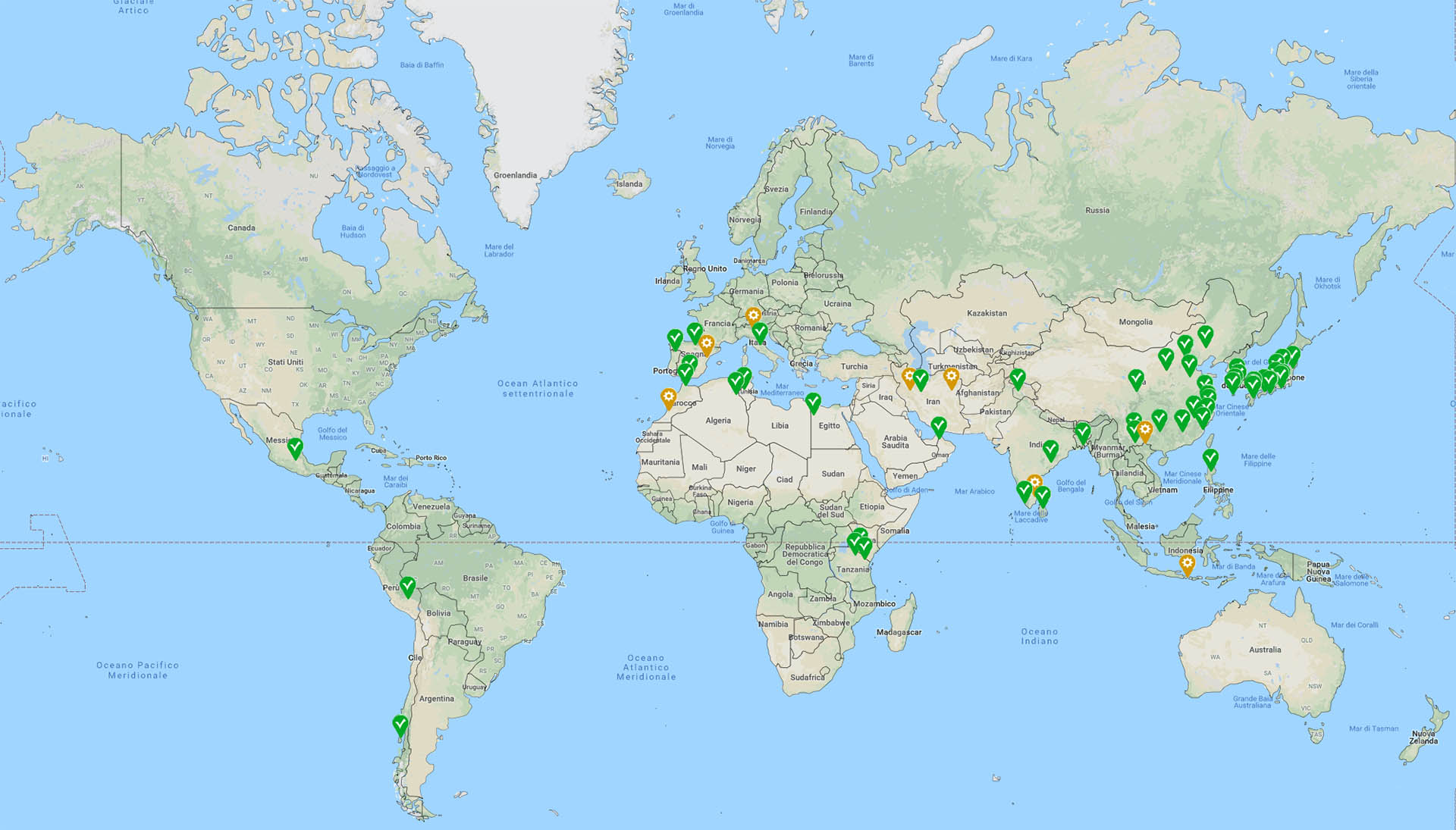The Food and Agriculture Organization (FAO)of the United Nations, in 2002, launched the project name “Globally Important Agricultural Heritage Systems (GIAHS)”,aimed at identifying worldwide sites characterized by the presence of agricultural, pastoral and forestry systems, created and managed over time by farmers and shepherds, through traditional practices adapted to the surrounding environment. GIAHS are remarkable land use systems and landscapeswhich are rich in globally significant biological diversity evolving from the co-adaptation of a community with its environment and its needs and aspirations for sustainable development. The aim of the initiative is to identify and safeguard farmers and agricultural landscapes that have survived using traditional techniques and are still providing many services to the ecosystem, a huge agrobiodiversity, ancestral knowledge transmitted through generations, and strong cultural and social values. Furthermore, food production practices associated to the quality of landscape and tourism, may represent a fundamental added value for the competitiveness of many rural areas not suited for industrial agriculture. This approach intends to contribute toa new vision for the future of the planet, integrating human society and the environment according to the sustainable development goals.
Considering the successful developments of the project, from 2015, based on the outcome of the 39th FAO Conference, GIAHS has become an official FAO corporate programme. Today the FAO Agricultural Heritage program includes 50 landscapes across the world and is the largest program of the UN dedicated to the protection of agricultural heritage.
The overall aim of the GIAHS Programme is to identify and preserve agricultural systems of global importance, with their landscapes, agro-biodiversity, traditional knowledge and associated culture. However, the aim is not only the preservation of these agricultural heritage systems, but to apply the principles of dynamic conservation in order to promote the sustainable development, with direct and indirect benefits for the community, making therefore the traditional landscape is the engine of rural development of these areas.
Registered sites in the GIAHS program must be of “global importance”. With this term, FAO intends to refer to all agricultural practices (a term that also includes animal, forest, marine and freshwater products) characterized by a historical origin and a current relevance, representing a heritage for the human race. The current relevance of agricultural practices is defined as the ability of such practices to provide food and livelihood to local communities, contributing to the well-being and quality of life.







